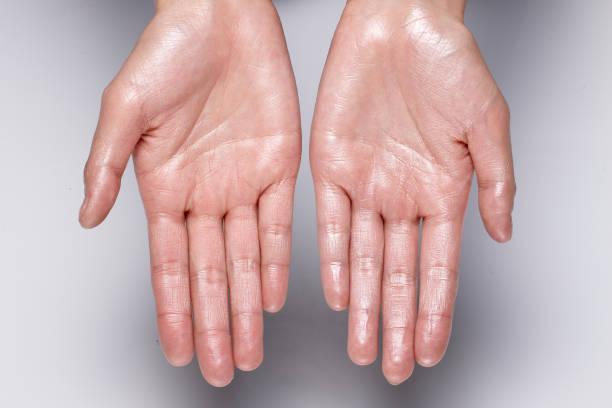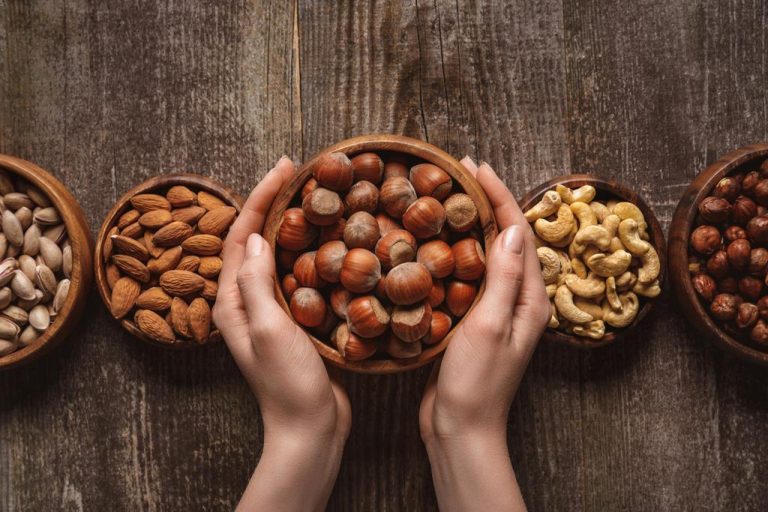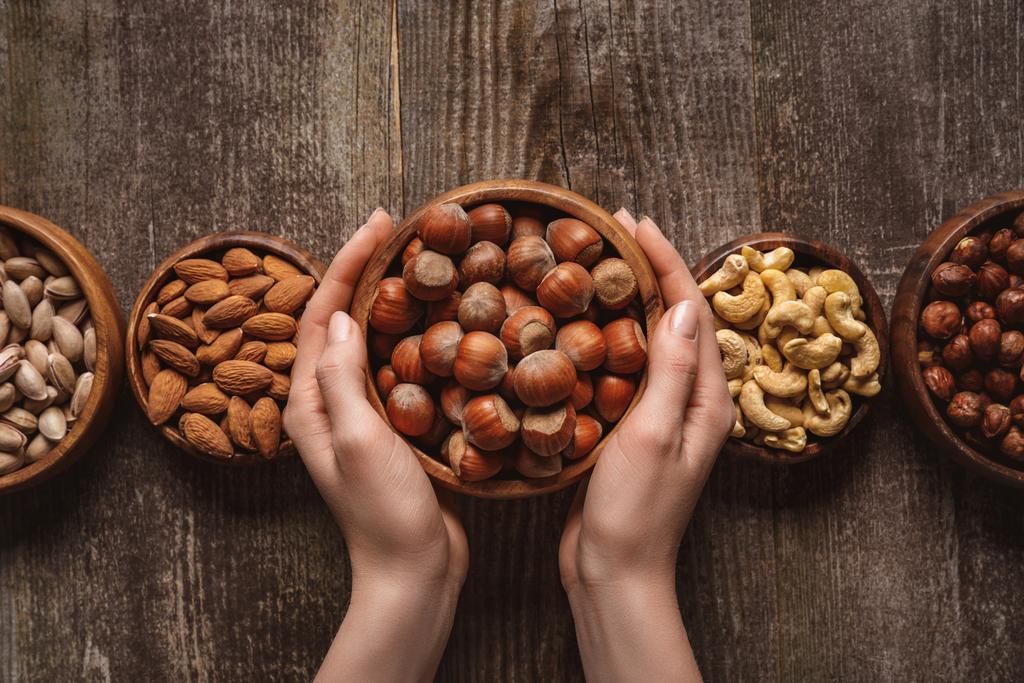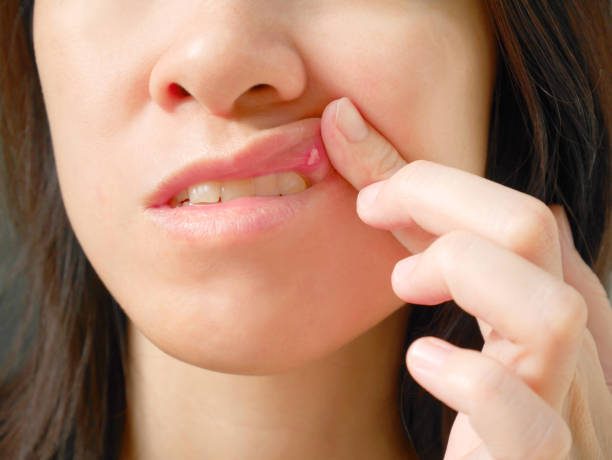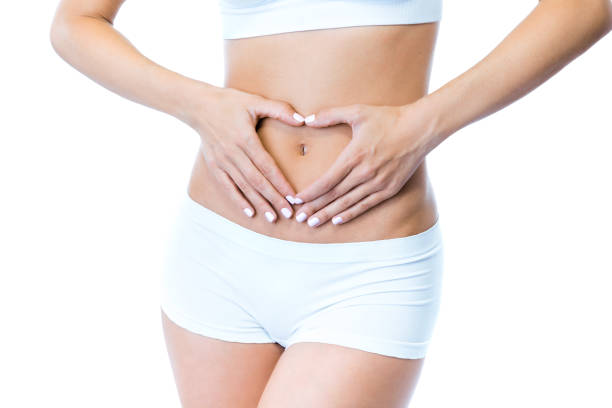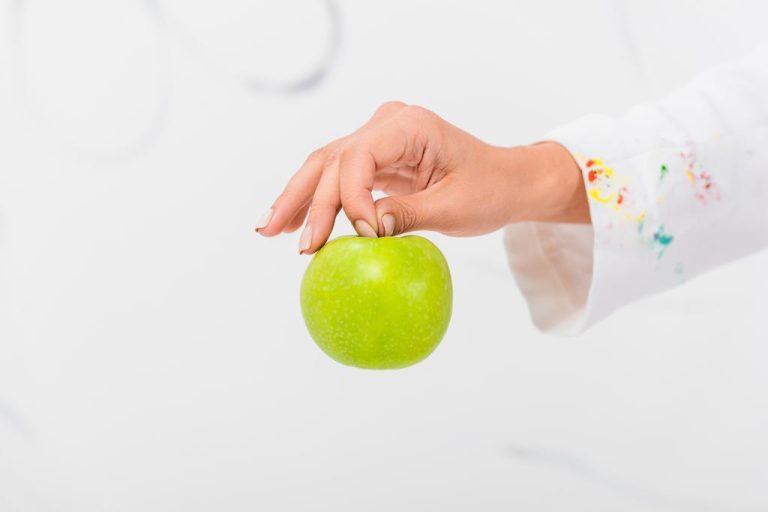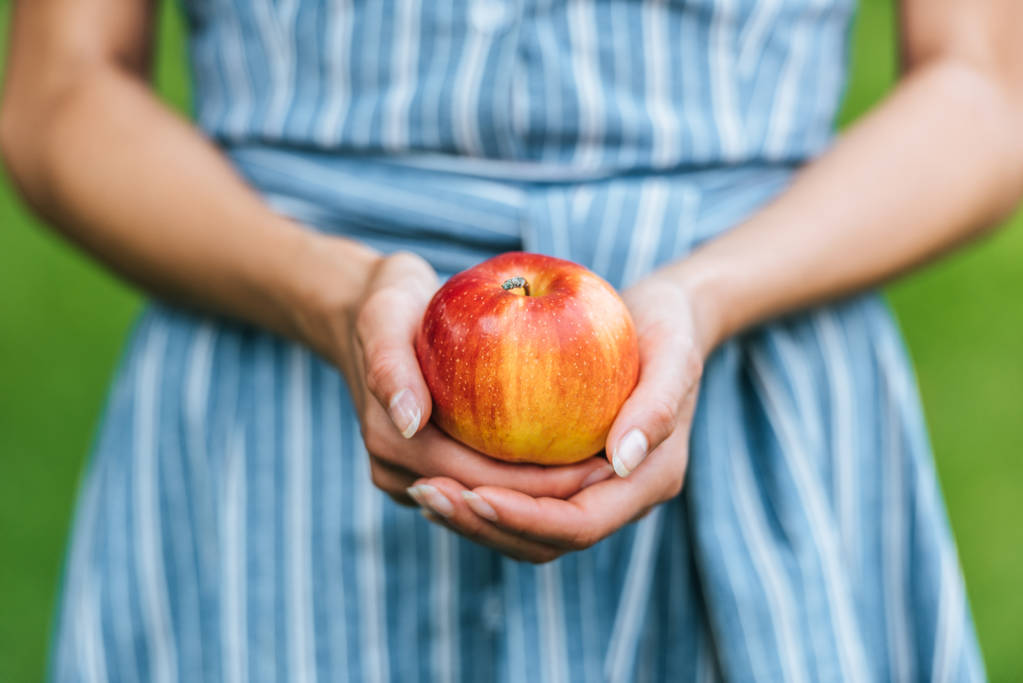Lots of useful tips for losing weight while cooking and eating. A kitchen is a central place for successful weight loss. Here is eaten and almost all food is prepared. Therefore, pay attention to the following tips, tricks, and tricks in the kitchen, when eating, and when cooking, in order to lose weight in a healthy and long-term manner.
1) Fruits and vegetables as a base
Fresh fruit and vegetables should be eaten in large quantities every day because fruit and vegetables provide the body with valuable vitamins, minerals, dietary fiber, and liquid. The German Society for Nutrition recommends eating at least 5 portions of fruit and vegetables every day and points out that fruit and vegetables should be part of every meal. Whether you use organic vegetables or local fruit is of course up to you. However, it is clear that fruit and vegetables that have not been transported long distances usually retain more of their valuable ingredients.
When preparing, you should note that raw vegetables contain more vitamins than cooked vegetables. So it makes sense to eat part of the daily fruit and vegetable ration as raw food, e.g. salad. But be careful: Don’t make your low-fat, healthy salad a calorie bomb by drowning it in an oily or creamy dressing. Less is more! When cooking, you should make sure that you only cook the vegetables for as long as necessary so that the ingredients are at least partially preserved.
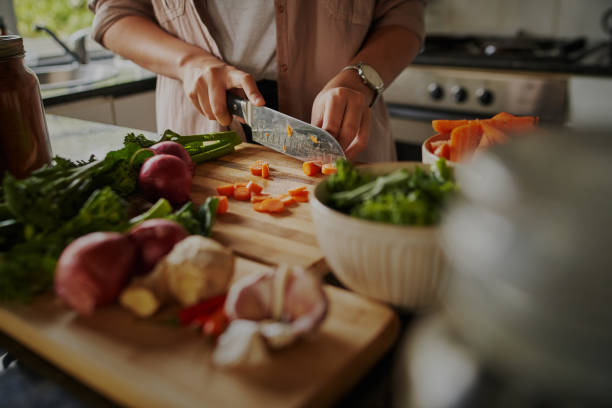
Just eat lots of fresh fruit and vegetables! Not only does it help your body stay healthy, it also helps you lose weight if you’re overweight. With the large selection offered by the shops, everyone will find something they like!
2) Eat slowly
In order to achieve long-term weight loss, one must develop the habit of never gorging on food, eating slowly, and chewing each bite thoroughly. It takes about 20 minutes for the satiety signal to reach the brain. So if you eat your meal very quickly, you eat beyond the actual hunger.
3) Don’t forget the calories in drinks
Calories consumed in beverages are not as filling as calories from solid foods that require chewing. You are still hungry even after drinking high-calorie drinks. Therefore, as part of a diet, do not forget to include the nutritional value of drinks or consume only non-caloric drinks, such as mineral water. Otherwise, you may not lose weight despite your reduced food intake.
4) Vegetable snacks for cravings
If you want to get slim again on a diet, you should always be prepared for a little hunger or even cravings. Vegetable snacks are particularly helpful here to ensure safe weight loss. For example, if you are out and about or at work, no craving for something edible can be particularly dangerous. That’s why you should always have some prepared vegetable snacks with you. Otherwise, it can easily happen that you buy sweets or snacks in between meals.
Vegetables such as kohlrabi slices, cucumber slices, peeled carrots, and crunchy pepper wedges really help a lot if you feel hungry between meals. The vegetable snack is filling, but has few calories and helps to satisfy your oral cravings.
5) Don’t eat what you don’t like
For losing weight while eating, suggested recipes from diets should be liked. It is better to choose an alternative with the same nutritional value. Otherwise, you are too easily in danger of treating yourself to something after the meal that you like. Your calorie requirement is then already covered and the consumption of another food boycotts your diet.
6) Save fat by steaming
A healthy diet includes low-fat meals. Vegetables can be prepared without fat and while preserving the valuable vitamins and trace elements by cooking with little water in stainless steel pots with lids, steaming, pressure steaming, or steaming in their own juice.

When preparing vegetables or potatoes, boiling is not always the best way. To steam them, cover the bottom of the pan with a little water and place the vegetables in a colander. In this way, the trace elements and vitamins are better preserved and the aroma and taste are retained.
7) The correct fat content in cheese
On the product packaging of different types of cheese, the fat content is usually only given in the dry state (fat in dry matter). Although the actual fat content of the product is always lower, it always depends on the amount of water in the cheese. The more water the cheese contains, the greater the fat content. Accordingly, soft cheese and cream cheese are far lower in fat than hard and semi-hard cheese of the same fat content.
8) Avoid cream when losing weight
The cream is a popular ingredient in salads, sauces, and casseroles. In order to do something good for your health, however, you should replace it with sour cream to reduce the fat content. Alternatively, you can also use sour cream, which you should mix with flour so that it does not curdle when heated.

